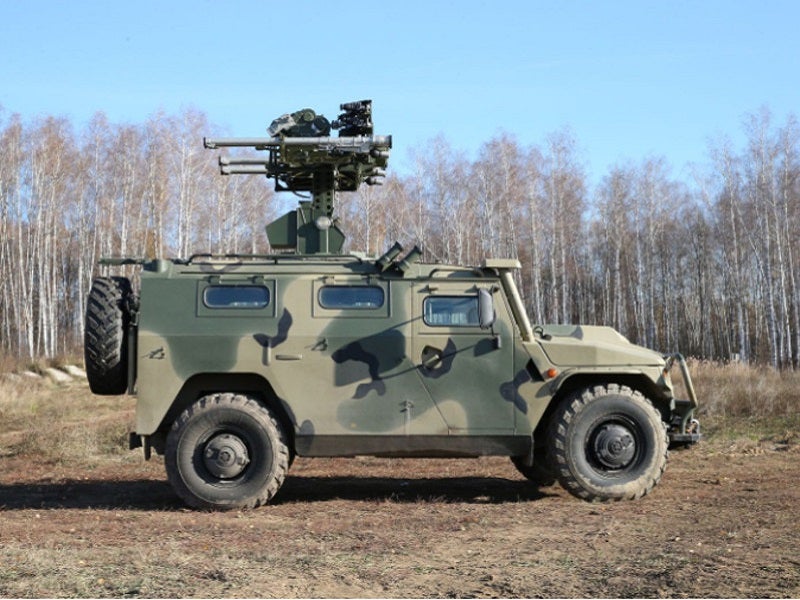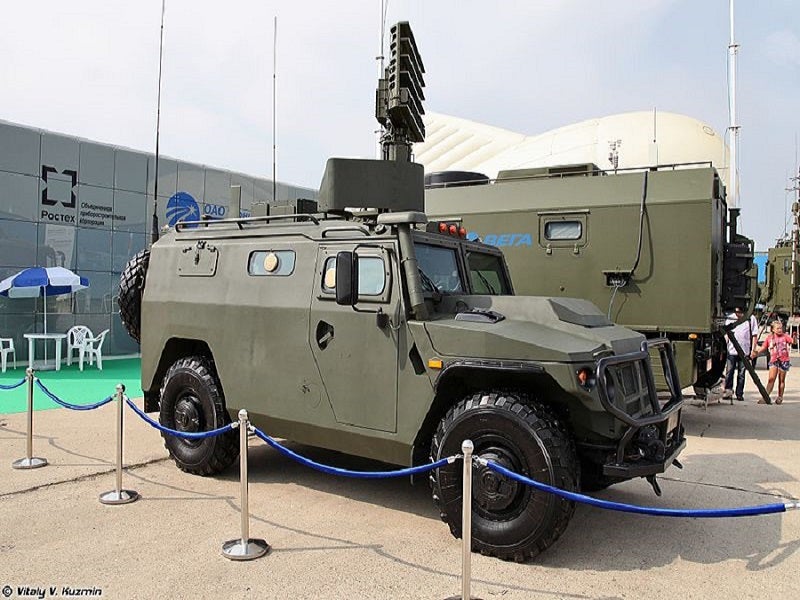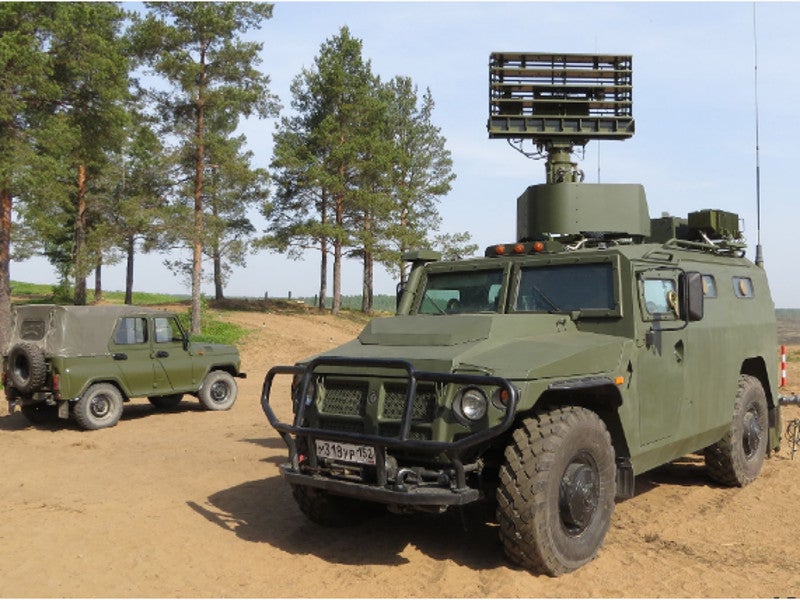Gibka-S is a new self-propelled mobile air defence system developed by Russian state-owned defence enterprise Machine-Building Design Bureau (KBM).
The acceptance trials of the very short-range air defence (VSHORAD) system were completed in December 2019. The trials validated the stated specifications of the system components.
The light air defence system underwent preliminary trials before the state trials. Completion of the state trials represents a significant milestone in the commissioning of the system with the Russian armed forces.
Gibka-S has the capability to protect deployed and marching units from the threat of low and extremely low flying aircraft during day and night. It is composed of two major components, including a combat vehicle and a commander’s reconnaissance and combat control vehicle.
KBM collaborated with its partners, including NPP Rubin, FGUP NII prikladnoy akustiki, Gosudarstvenny ryazanskiy priborny zavod, Saratovskiy agregatny zavod, VNII Signal, and FGUP GosNIIAS, for the development of the Gibka-S VSHORAD system.
Gibka-S Design and Features
The Gibka-S light anti-aircraft system is based on the 9А332 combat vehicle, which is a derivative of the Tigr tactical vehicle. The vehicle is designed to carry man-portable air-defence system (MANPADS) operators along with missile load and associated equipment.
The armoured vehicle is capable of launching Russian-made Igla-S and Verba MANPADS missiles. It can carry four ready-to-launch missiles loaded on the missile launcher and four ready-to-load missiles.
The VSHORAD system can engage aircraft, helicopters, cruise missiles, unmanned aerial vehicles (UAVs) and precision weapons. The autonomous 4×4 platform can be operated during the night and in difficult weather conditions.
The 9А332 combat can accommodate a crew of four, including two MANPADS anti-aircraft gunners, a commander, and a driver. The combat vehicle also features a missile remote control unit and an electro-optical tracking and targeting system.
Gibka-S VSHORAD missiles
The VSHORAD system can fire Verba or Igla-S (9М336, 9М342, 9М39) portable surface-to-air missiles to defeat incoming and receding aerial targets. The infrared-guided missiles are installed on a turret mounted on the combat vehicle.
The 72.2mm Igla-S 9M342 missile has a length of 1,690mm and a weight of 11.3kg. Powered by a solid propellant booster, the missile can strike targets flying at an altitude of up to 3,500m at a speed of 400m/s. It has a maximum target engagement range of up to 6,000m. An optical homing passive seeker directs the missile towards the target. The Igla-S missile is fitted with a high-explosive (HE) blast fragmentation warhead with a proximity and impact fuse.
The Verba 9М336 is a 72mm missile with target range and altitude similar to that of the Igla-S missile. Guided by a tri-mode passive homing seeker, the Verba missile carries a HE warhead weighing 2.5kg.
Gibka-S commander’s reconnaissance and combat control vehicle
The Gibka-S VSHORAD system also comprises a commander’s reconnaissance and combat control vehicle (CRCV) for battery commander. The CRCV is intended for automated control of the MANPADS sections mounted on the combat vehicle.
Equipped with Garmon 1L122-2E small-size radar, the vehicle enables communication with the higher command posts. Once a target is detected, the combat control vehicle alerts one of the combat vehicles to engage it. The radar has a target coverage range of up to 40km and can detect targets flying at an altitude of 10km.
The 9S937 CRCV can control the air defence system on the armoured vehicles from a distance of 17km when the platforms are stationary. The effective communication range between the platforms is 8km when they are mobile.
The vehicle is manned by a driver, commander, and a telephone operator.
Gibka-S mobility
The 9А332 combat vehicle and the 9S937 CRCV are based on the Tigr armoured vehicle. The Tigr platform can attain a road speed of more than 110km/h.
The vehicle measures 5.6m long and 2.4m wide. It has an operational range of over 1,000km and can cross waterways with a depth of 1.2m.






